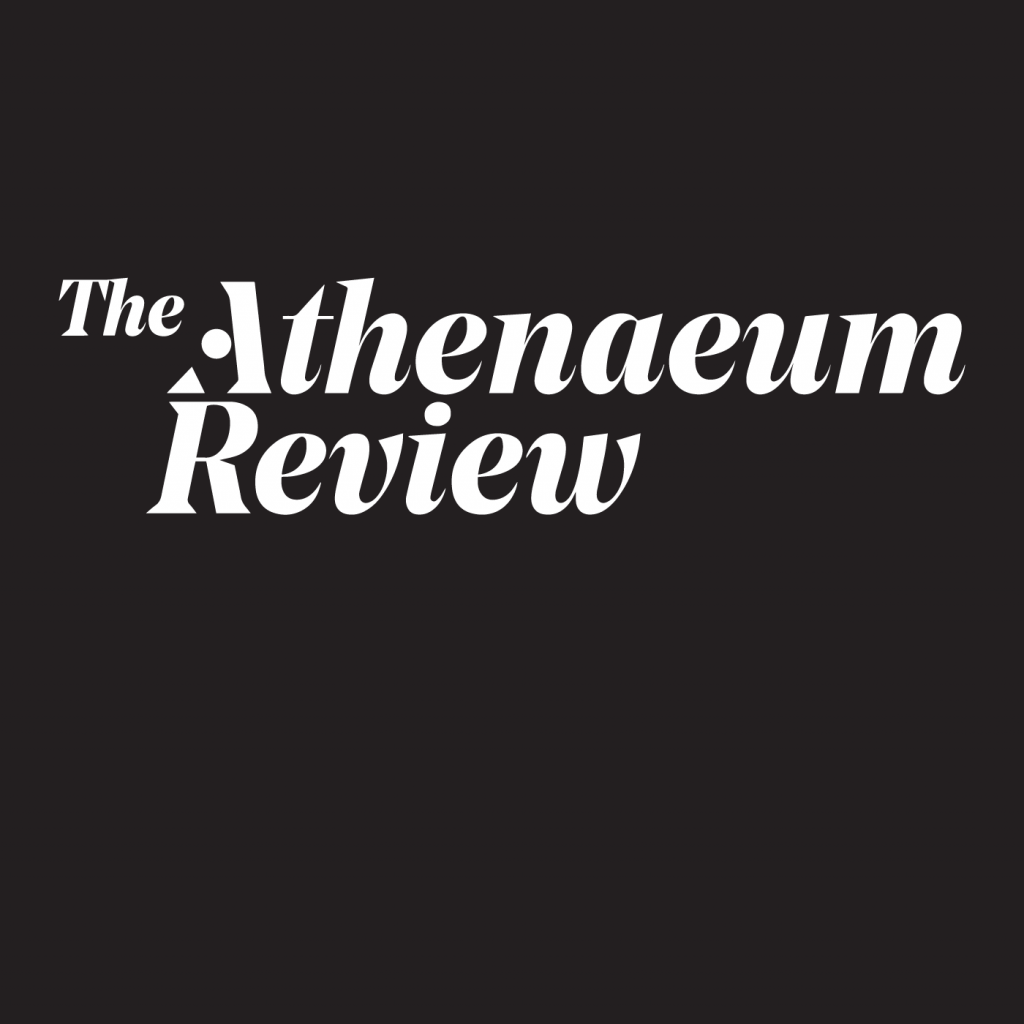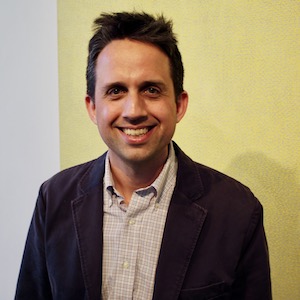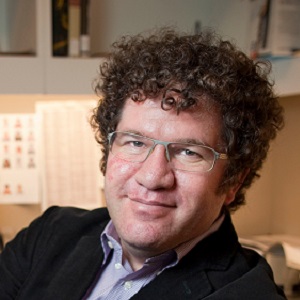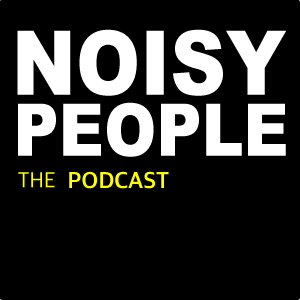Colonialism and Devotion on the Medieval European Frontier: A Conversation with Ittai Weinryb
English

Our guest on this episode is Ittai Weinryb, Associate Professor of Art History at Bard Graduate Center in New York and curator of the exhibition Agents of Faith: Votive Objects in Time and Place.
In this episode:
Art and Frontier: the role of art in “frontier societies” e.g. around the Black Sea in the 14th century [or 19th-century Texas] (1:30) — How colonial forces, e.g. the Venetians and Genoese, both convert and control indigenous communities, and produce luxurious objects for export back to the mainland (2:00) — 250,000 slaves exported from the Black Sea to Genoa in a decade (2:45) — How European colonialism and globalism operated before Columbus (3:15) — Robert Bartlett’s idea of the constant expansion of Europe from its Carolingian core (4:15) — in the 15th century, the Black Sea was not yet “European” (5:00) — taking over natural resources e.g. silver mines, displacing silver from the Harz and the Black Sea (5:15) — the historiography of medieval slavery (6:00) — parallels between Black Sea and Mediterranean slavery? (7:45) — the basis for Amitav Ghosh’s In an Antique Land (8:30) — exchange between center and periphery in art history (9:30)– The “middle ground” where settlers and indigenous forces meet and reciprocally influence each other (10:00) —
“Hildesheim avant-garde,” the first large-scale bronze casting since the end of the Roman empire, and the frontier situation of the Ottonians around 1000 (12:00) — It doesn’t make sense that Bernward would go all the way to Rome and back for inspiration for his doors (13:45) — Why does a village of 400 people need a set of three-ton bronze doors? (14:45) — The church campaigns to convert the local Slavs (15:30) — Rethinking the “art history of masterpieces” (17:45) — Why so many pagan Jupiter Columns survived the Christian conversion of German-speaking lands (18:30) — Sacred trees and groves in Germany (21:30) —
Primordial objects in art history (23:00) — The shock of the new and the ability to break away from a tradition or series (24:15) — Rudolf Berliner on “The Freedom of Medieval Art” (26:00) — The basic carnal human desire for something new (26:30) —
Agents of Faith: the way in which people charge objects with sentiment (28:00) — Votive object-making: one of the earliest, most universal practices of mankind, since at least 5000 BCE (29:00) — Protestant vs. Catholic votives in the German lands; Volkskunde at the Bayerisches Nationalmuseum (31:15) — Modernity, secularization and ex votos: Michael Jackson or David Bowie as “saints” (35:30) — Atomized modern society and the desire for belonging and community (38:45) — The Open Work, contemporary art and participation (41:00) — The Bronze Object in the Middle Ages and techniques of making: doors, fountains, bells and otherwise (45:15)





